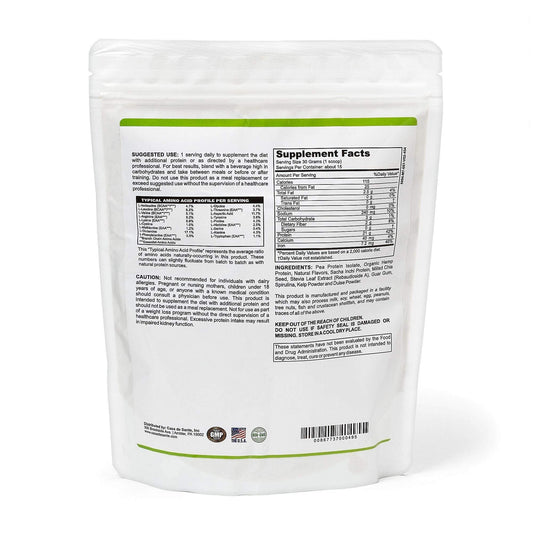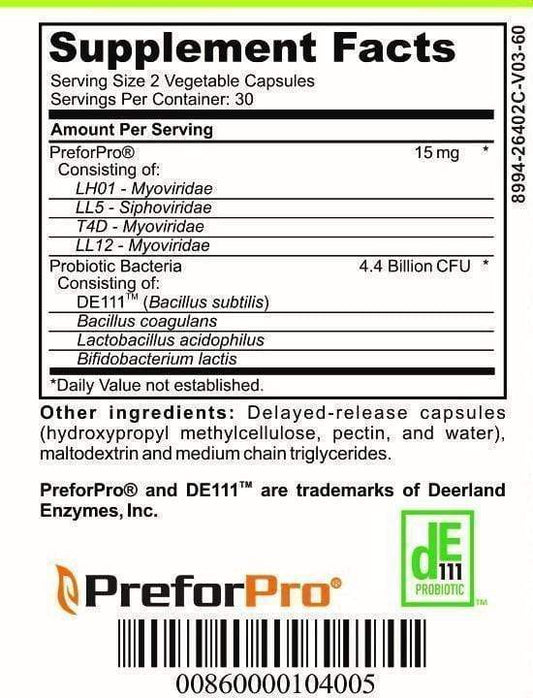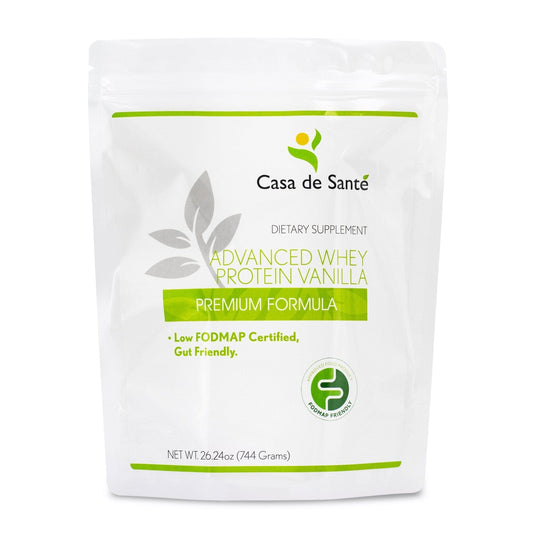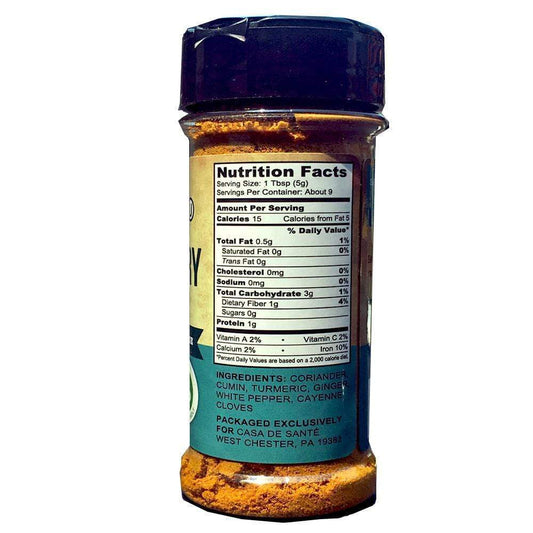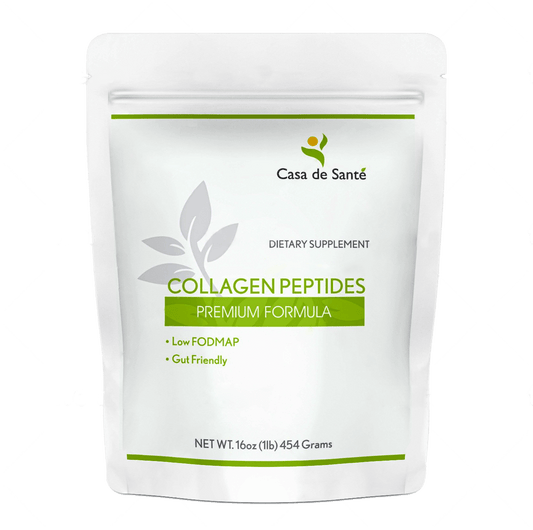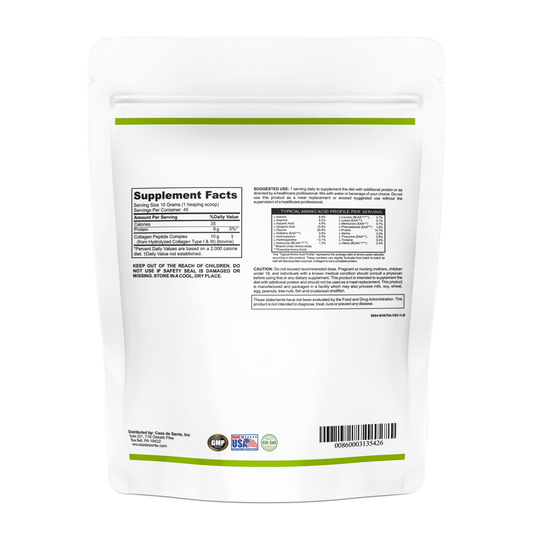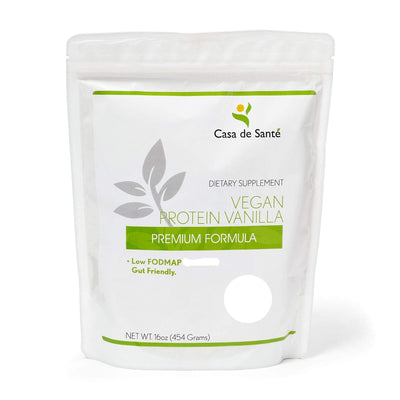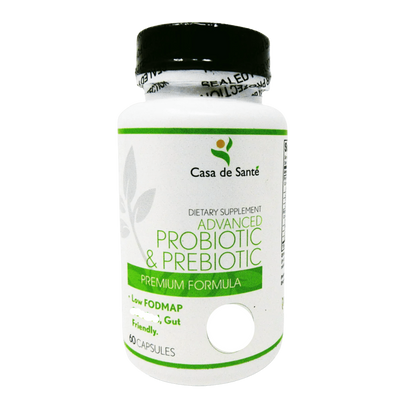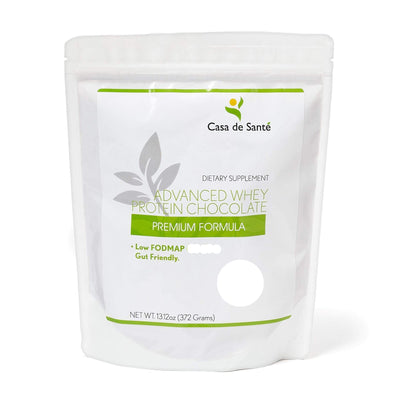Is Sodium Caseinate Dairy Free
Is Sodium Caseinate Dairy Free
Sodium caseinate is a widely used ingredient in many processed foods. It is often added to provide texture and improve taste and appearance. However, there has been some confusion surrounding the dairy-free status of sodium caseinate. In this article, we will delve into the details of sodium caseinate, its relationship with dairy, and its implications for various dietary restrictions.
Understanding Sodium Caseinate
Sodium caseinate is a protein derived from milk. It is a byproduct of the cheese-making process, where it is separated from the whey. This protein is then modified and converted into sodium caseinate through a series of chemical and mechanical processes.
Sodium caseinate, also known as casein sodium, is a versatile ingredient with a wide range of applications in the food industry. Its unique properties make it an essential component in various food products, including processed meats, bakery items, and beverages.
The Chemical Structure of Sodium Caseinate
Sodium caseinate is composed of amino acids bonded together in a chain-like structure. These amino acids are essential for the growth and repair of body tissues. The chemical structure of sodium caseinate also gives it unique properties that make it suitable for various food applications.
The structure of sodium caseinate allows it to form stable emulsions, which are important in the production of processed foods. It can also act as a thickening agent, improving the texture and mouthfeel of products such as sauces and dressings. Additionally, sodium caseinate has excellent water-binding properties, which help retain moisture in food products, preventing them from drying out.
The Production Process of Sodium Caseinate
The production of sodium caseinate involves several steps. Once the milk is obtained, it undergoes pasteurization to remove any harmful bacteria. Pasteurization is a crucial step in ensuring the safety and quality of the final product.
After pasteurization, the milk is then subjected to a process called coagulation. This process involves the addition of an enzyme called rennet, which causes the milk to coagulate. The coagulated milk forms a solid mass known as curds, which are rich in casein proteins.
The curds are then cut into small pieces and heated, separating them from the liquid portion known as whey. The whey, which contains the remaining proteins and lactose, undergoes further processing to obtain sodium caseinate. This process involves the removal of lactose and other impurities, leaving behind a concentrated form of sodium caseinate.
Once the sodium caseinate is obtained, it can be further processed to enhance its functionality and improve its solubility. This can include treatments such as acidification, heat treatment, and spray drying. These additional processing steps help create a more stable and versatile ingredient that can be easily incorporated into various food formulations.
In conclusion, sodium caseinate is a valuable protein derived from milk that undergoes a series of chemical and mechanical processes to obtain its unique properties. Its chemical structure and production process make it a versatile ingredient with multiple applications in the food industry. Whether it's improving the texture of sauces, enhancing the stability of emulsions, or providing moisture retention in food products, sodium caseinate plays a crucial role in the development of a wide range of food products.
The Relationship Between Sodium Caseinate and Dairy
Although sodium caseinate is derived from milk, it is important to understand its relationship with dairy. While some argue that sodium caseinate should be considered dairy due to its origin, others believe that the extensive processing it undergoes removes it from the definition of dairy.
The Origin of Sodium Caseinate
One perspective is that all substances derived from milk, regardless of the processing they undergo, should be classified as dairy. From this viewpoint, sodium caseinate can be considered dairy because it is initially derived from milk.
When milk is processed, it goes through various stages to extract different components. One of these components is casein, a protein found in milk. Sodium caseinate is derived from casein through a process that involves the addition of sodium hydroxide. This process alters the structure of casein, resulting in the formation of sodium caseinate.
Casein itself is an essential component of dairy products, providing them with their unique texture and nutritional properties. It is often used as a binding agent and emulsifier in food products, contributing to their stability and mouthfeel.
How Sodium Caseinate is Derived from Milk
On the other hand, proponents of the opposite argument contend that the extensive processing of sodium caseinate fundamentally alters its properties and composition. They believe that this processing removes the lactose and whey protein found in milk, making sodium caseinate suitable for people with lactose intolerance or milk allergies.
During the processing of sodium caseinate, the lactose, which is the natural sugar present in milk, is removed. This makes sodium caseinate a viable alternative for individuals who are lactose intolerant or have difficulties digesting lactose. By removing lactose, sodium caseinate can be used in a wide range of food products without causing adverse reactions in those who are sensitive to dairy.
Furthermore, the processing of sodium caseinate also eliminates whey protein, another component found in milk. Whey protein can sometimes cause allergic reactions in certain individuals. By removing whey protein, sodium caseinate becomes a suitable option for those with milk allergies, allowing them to enjoy food products that would otherwise be off-limits.
It is important to note that while sodium caseinate may not contain lactose or whey protein, it still retains some of the nutritional properties of dairy. It is a source of protein and can contribute to the overall nutrient content of food products.
In conclusion, the relationship between sodium caseinate and dairy is a complex one. While it is derived from milk, the extensive processing it undergoes alters its composition and removes certain components found in dairy. This makes sodium caseinate a viable option for individuals with lactose intolerance or milk allergies, providing them with alternatives to traditional dairy products.
The Debate: Is Sodium Caseinate Dairy or Not?
The debate regarding the dairy-free status of sodium caseinate is ongoing, and opinions differ among experts and consumers. Various factors contribute to the differing perspectives on this matter.
Different Perspectives on Sodium Caseinate as Dairy
Those who support the dairy classification for sodium caseinate argue that it shares a common origin with other dairy products. They believe that its association with dairy should be acknowledged regardless of the processing it undergoes.
It is important to note that sodium caseinate is derived from milk protein, specifically casein. Casein is a major component of milk, making up about 80% of its protein content. Therefore, proponents of the dairy classification argue that since sodium caseinate is derived from milk, it should be considered a dairy product.
Furthermore, these individuals argue that even though sodium caseinate undergoes extensive processing, it still retains its dairy origins. They believe that the processing methods used to extract sodium caseinate do not alter its fundamental nature as a milk-derived protein.
The Role of Processing in Defining Dairy Products
On the other hand, advocates for considering sodium caseinate as dairy-free highlight the extensive processing it undergoes. They argue that this processing removes the lactose and whey protein, which are the main components that cause adverse reactions in individuals with dairy allergies or lactose intolerance.
During the processing of sodium caseinate, the milk undergoes several steps, including filtration, acidification, and drying. These processes help separate the casein protein from the other components of milk, such as lactose and whey protein. As a result, the final product, sodium caseinate, contains minimal to no lactose or whey protein.
Supporters of the dairy-free classification argue that since sodium caseinate lacks the components responsible for allergic reactions or intolerance, it should not be considered a dairy product. They believe that the absence of lactose and whey protein makes sodium caseinate a suitable alternative for individuals who need to avoid dairy due to dietary restrictions or health concerns.
It is worth mentioning that the debate on whether sodium caseinate is dairy or not extends beyond the technical aspects. Cultural and personal beliefs also play a role in shaping people's opinions on this matter. Some individuals may consider sodium caseinate as dairy simply because it is derived from milk, while others may focus more on the absence of lactose and whey protein, considering it dairy-free.
In conclusion, the debate surrounding the dairy status of sodium caseinate is complex and multifaceted. While some argue for its classification as dairy due to its origin and association with milk, others emphasize the extensive processing that removes lactose and whey protein. Ultimately, the determination of whether sodium caseinate is dairy or not may vary depending on individual perspectives and dietary needs.
Implications for Dietary Restrictions
The dairy-free status of sodium caseinate has significant implications for individuals with dietary restrictions, including those with lactose intolerance or following vegan or vegetarian diets.
Sodium Caseinate and Lactose Intolerance
For individuals with lactose intolerance, the absence of lactose in sodium caseinate can be a crucial factor in determining whether it can be consumed. Lactose intolerance is the inability to digest lactose, the sugar naturally present in milk and dairy products. As sodium caseinate undergoes extensive processing, it typically contains minimal, if any, lactose.
Individuals with lactose intolerance often experience uncomfortable symptoms such as bloating, gas, and diarrhea when consuming lactose-containing foods. Therefore, finding suitable alternatives that do not trigger these symptoms is essential for their overall well-being. Sodium caseinate, being dairy-free and low in lactose, can be a viable option for individuals with lactose intolerance to enjoy the benefits of dairy-like products without experiencing discomfort.
Moreover, sodium caseinate's low lactose content makes it a valuable ingredient in various lactose-free products. These products cater to individuals with lactose intolerance, allowing them to enjoy a wide range of food options that would otherwise be off-limits.
Sodium Caseinate in Vegan and Vegetarian Diets
In vegan and vegetarian diets, the inclusion of sodium caseinate is a topic of discussion. While it is derived from milk, the extensive processing it undergoes may prompt some individuals to consider it suitable for their dietary choices. However, others prefer to avoid sodium caseinate due to its animal origin.
Vegan and vegetarian diets are characterized by the exclusion of animal-derived products. However, some individuals may choose to include certain processed ingredients that do not contain animal flesh but may have animal origins. Sodium caseinate falls into this category, as it is derived from milk but undergoes significant processing that removes most of its lactose and other milk components.
For some vegans and vegetarians, the inclusion of sodium caseinate in their diet may provide them with additional options for incorporating dairy-like flavors and textures into their meals. It can be found in a variety of products, such as non-dairy creamers, vegan cheeses, and plant-based protein powders, offering a creamy and rich taste that mimics dairy products.
On the other hand, individuals who follow a strict vegan or vegetarian lifestyle may choose to avoid sodium caseinate due to its animal origin. They may opt for alternative plant-based ingredients that provide similar functionalities and nutritional benefits without any animal-derived components.
Ultimately, the decision to include or avoid sodium caseinate in vegan and vegetarian diets depends on an individual's personal beliefs, dietary preferences, and ethical considerations.
Label Reading and Sodium Caseinate
When navigating food labels, understanding different names and terms associated with sodium caseinate can be helpful in making informed choices.
Identifying Sodium Caseinate on Food Labels
Sodium caseinate can commonly be found on ingredient lists under its own name. However, it can also be listed as casein, calcium caseinate, or milk protein isolate. Recognizing these various names is essential for individuals looking to avoid sodium caseinate in their diet.
Other Names for Sodium Caseinate in Ingredient Lists
Additionally, some food products may contain hidden sources of sodium caseinate, such as processed meats, non-dairy creamers, and certain snack foods. Checking the ingredient lists for any derivatives of sodium caseinate is crucial for those with dairy restrictions.
In conclusion, the debate surrounding the dairy-free status of sodium caseinate is a nuanced one. While sodium caseinate is derived from milk, the extensive processing it undergoes removes significant amounts of lactose and whey protein found in dairy. This has implications for individuals with lactose intolerance and those following vegan or vegetarian diets. Understanding how sodium caseinate is labeled and listed on ingredient lists can help individuals make informed choices based on their dietary needs and preferences.


